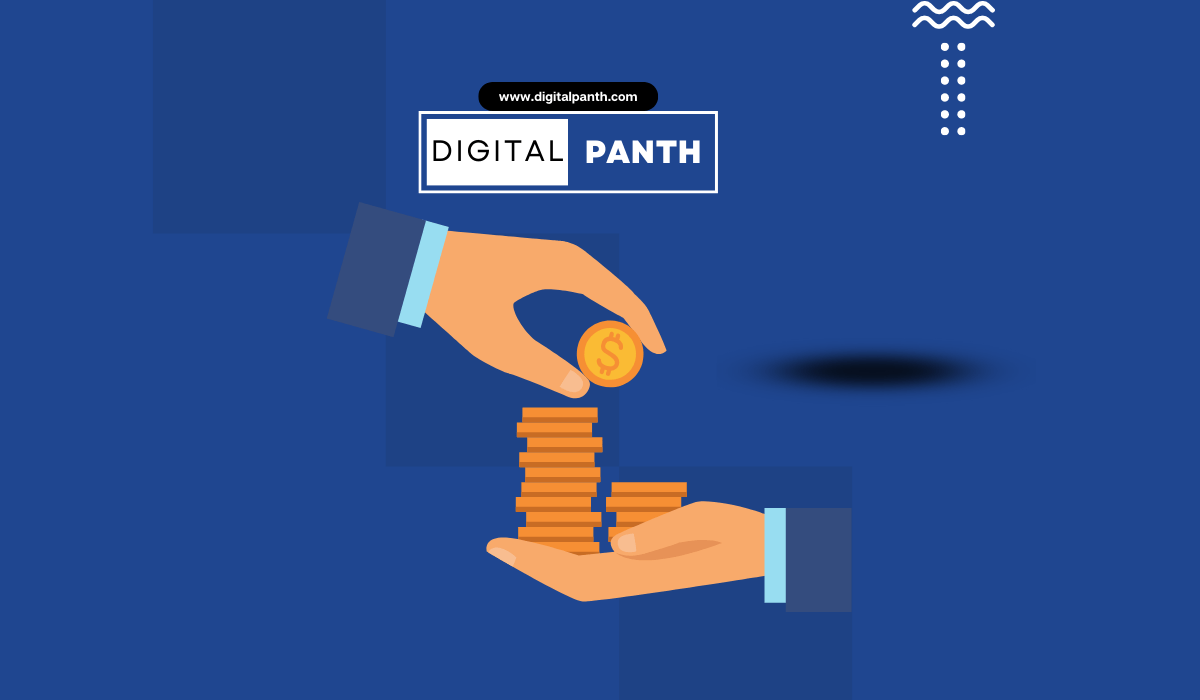What is TREPS in Mutual Funds? Financial institutions, banks, mutual funds, etc. borrow and lend money without taking any risks in exchange for government-issued securities through Tri-party Repos (TREPs).
A tri-party lending system called TREPs was introduced on November 5, 2018, and it consists of a borrower, a lender, and a tri-party agent. The tri-party agent serves as an intermediary between the borrower and the lender to facilitate services like collateral selection, payment and settlement, custody, and management throughout the transaction. Banks, mutual funds, and financial organizations all employ TREPS as a short-term investment tool.
Read: How to Withdraw Mutual Funds Before The Locking Period
In a TREPS transaction, one party sells a treasury bill to another party with the promise to buy it back from them at a later time for a predetermined price. Buying government-issued securities makes it a secured investment. TREPS is a great investment for those who have a short-term horizon because they provide good returns and immediate liquidity. Moreover, mutual funds must now invest a minimum of 5% of their assets, including TREPS, in liquid assets as mandated by SEBI.
Types of TREPS Mutual Fund
In mutual funds, TREPS are of two types:
- Repo TREPS
- Reverse Repo TREPS
Repo TREPS: Investor buys securities from another investor, like a bank or financial institution, with the promise to resale them at a set price and time later. While leasing the securities results in profit for the seller, selling the securities results in cash for the buyer.
Reverse Repo TREPS: An investor in a mutual fund sells shares to another investor with the promise to buy them back at a later date and a certain price. The seller makes money by lending the securities, while the buyer gains by retaining them up until the set repurchase date.
Purpose of TREPS in Mutual Fund
Providing a platform for short-term borrowing and lending of funds between mutual fund schemes and other financial institutions is the goal of TREPS in mutual funds.
It enables financial institutions to make returns on their excess capital by lending to mutual fund schemes while also enabling mutual fund schemes to meet their short-term liquidity needs by borrowing money at a lower cost. Additionally, TREPS facilitates effective cash management and lowers credit risk for mutual fund schemes.
Advantages of Investing in TREPS
Understanding TREPS is essential for making profitable and secure investments. Due to its distinct advantages and features, this trading method is becoming more and more popular among Indian mutual fund investors.
- First of all, investing in TREPS can boost the mutual fund’s returns, which can raise the NAV (net asset value) of the fund. Investors may be ready to pay more for a greater NAV as a result, driving up the share price of the mutual fund.
- Secondly, putting money into TREPS can help to reduce the total risk of the portfolio. By acquiring a secure and liquid asset like TREPS, mutual funds can reduce the risk associated with investing in other asset classes like equities or corporate bonds. This can stabilize the portfolio as a whole and decrease the effect of market volatility.
- Because TREPS entail the purchase of government-issued securities, they are regarded as a secure investment. Mutual funds can therefore put their money into TREPS with a high level of assurance that it will be secure. Additionally, TREPS provide immediate liquidity, which makes them a great investment choice for mutual funds that need to store their extra income for a brief period.
- Mutual funds participate in TREPS because they offer high returns compared to other short-term investment options like savings accounts or fixed deposits, in addition to safety and liquidity. TREPS’ returns are influenced by the state of the market, therefore they can provide bigger returns when interest rates are high. Since it enables mutual funds to generate larger returns on their idle cash, this may be advantageous to them.
- Regulatory compliance is yet another factor driving mutual funds to invest in TREPS. Mutual funds are required by the Securities and Exchange Board of India (SEBI), which oversees them, to invest a minimum of 5% of their assets in liquid assets like TREPS. Mutual funds must invest in TREPS because of this regulatory compliance.
- Security: TREPS entail the acquisition of government-issued securities, which are regarded as secure investments. Investors can therefore do so in TREPS with a high level of trust in the security of their investment.
- Quick liquidity is provided by TREPS, making it simple to buy and sell them on the money market. For investors who need to temporarily park their excess funds, this makes them the perfect investment choice.
- Attractive returns: Since TREPS’ returns are based on the state of the market, they can be more profitable when interest rates are high. As a result, by investing in TREPS, investors can increase the returns on their dormant funds.
- Regulatory compliance: TREPS are required to be included in the liquid asset mix of mutual funds by regulatory organizations like the Securities and Exchange Board of India (SEBI) since they are deemed to be liquid assets. Investors can be confident that their mutual fund investments are compliant with regulatory requirements as a consequence
Disadvantages of Investing in TREPS
- The risks involved with buying TREPS through mutual funds should be known to investors.
- The counterparty’s credit risk, or the chance that the other party would back out of the deal, is one of the main risks. For the investor, this can mean losing capital or interest.
- The potential of interest rate fluctuations having an impact on the value of the TREPS investment is another concern.
- A loss for the investor could occur from an investment that loses value due to an increase in interest rates.
- Investments in TREPS are also subject to the liquidity risk of potential difficulties in a speedy sale of the investment. If the investor needs the money right away, this can be a problem.
- The value of TREPS investments can also be impacted by market risks, such as broad market volatility or changes in governmental policy.
- Before purchasing TREPS in mutual funds, investors should carefully consider these risks.
Conclusion
To create profits and handle their short-term funding requirements, mutual funds might benefit from TREPS. Investors should be aware of any potential risks, including counterparty, interest rate, liquidity, and market risks.
Investors can effectively include TREPS in their investment strategy by being aware of these risks and using that knowledge to make educated selections.


Leave feedback about this